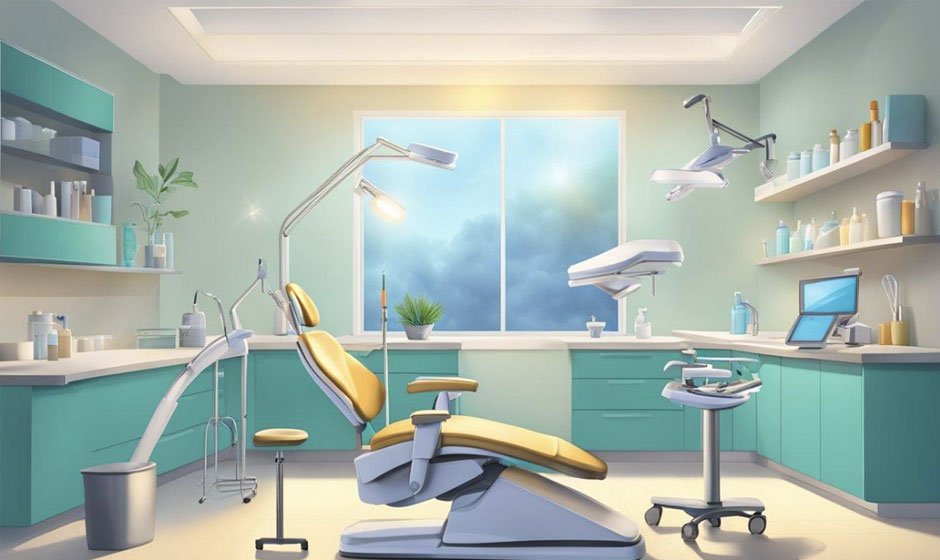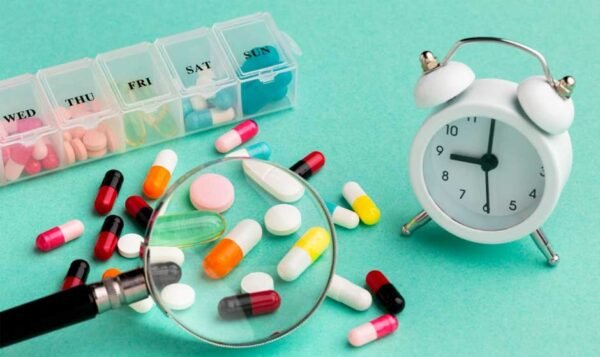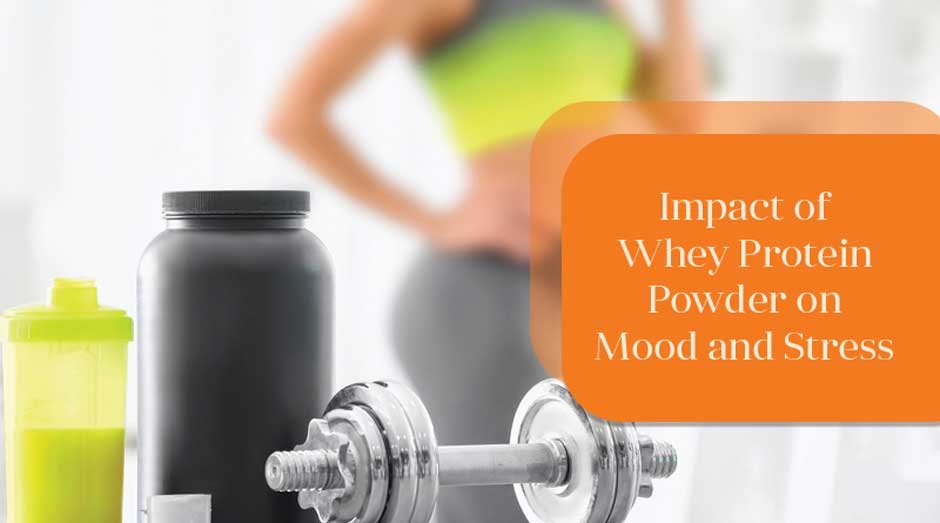What to Expect During a Dental Cleaning: A Clear Guide

Dental cleanings are an essential part of maintaining good oral health. They involve the removal of plaque, tartar, and stains from the teeth, as well as a thorough examination of the mouth to check for any signs of dental issues. During a dental cleaning at Micris Dental Clinic, a patient can expect to receive a variety of different treatments, including a physical exam, plaque removal, and a fluoride treatment.
One of the primary reasons for getting a dental cleaning is to prevent the buildup of plaque and tartar on the teeth. Plaque is a sticky film that forms on the teeth and contains bacteria that can cause tooth decay and gum disease if left untreated. Tartar is a hardened form of plaque that can only be removed by a dental professional. By removing these substances from the teeth, a dental cleaning can help prevent the development of cavities and gum disease.
Dental cleanings are typically performed by a dental hygienist, who works under the supervision of a dentist. During the cleaning, the hygienist will use a variety of tools to remove plaque and tartar from the teeth, including a scaler and a polisher. They will also examine the mouth for any signs of dental issues, such as cavities or gum disease, and provide advice on how to maintain good oral health.
Before the Cleaning
When it comes to dental cleanings, there are a few things to keep in mind before the actual cleaning process begins. Understanding plaque and tartar and preparing for your visit can help ensure a more effective and efficient cleaning experience.
Understanding Plaque and Tartar
Plaque is a sticky, colorless film that forms on the teeth and gums. It is caused by bacteria in the mouth and can lead to tooth decay and gum disease if left untreated. Tartar, also known as calculus, is a hardened form of plaque that can only be removed by a dental professional. If left untreated, tartar buildup can lead to more serious oral health problems.
Preparing for Your Visit
Prioritizing oral hygiene before your appointment by brushing and flossing thoroughly ensures a clean mouth and allows the dental professional to focus on providing a thorough cleaning. It is also important to inform the dental hygienist about any dental anxiety or concerns you may have before the cleaning process begins.
It is recommended to arrive at the dental office at least 10-15 minutes before the scheduled appointment time to complete any necessary paperwork and to allow time for any questions or concerns to be addressed. It is also important to check with your dental insurance provider to ensure coverage for dental cleanings.
By understanding plaque and tartar and preparing for your visit, patients can ensure a more effective and efficient cleaning experience.
The Cleaning Process
During a dental cleaning, the patient can expect several steps to be taken to ensure their teeth and gums are healthy. The following subsections will detail what to expect during the cleaning process.
Physical Exam
Before the actual cleaning process begins, the dental hygienist will perform a physical exam of the patient’s entire mouth. This exam allows the hygienist to assess the patient’s oral health and identify any potential issues. The hygienist will use a mirror and may take X-rays to get a better look at the teeth and gums.
Removing Plaque and Tartar
The next step in the cleaning process is removing plaque and tartar from the teeth. This is typically done using a scaler or an ultrasonic scaler. The scaler is used to scrape away any buildup of plaque and tartar around the gum line and between the teeth. The ultrasonic scaler uses high-frequency vibrations to loosen and remove the buildup.
Polishing and Flossing
Once the plaque and tartar have been removed, the teeth will be polished. This is done using a special toothpaste and a polishing tool. The toothpaste helps to remove any remaining stains on the teeth and leaves them feeling smooth and clean. After polishing, the hygienist will floss between the teeth to remove any remaining debris.
Fluoride Treatment
The final step in the cleaning process is a fluoride treatment. Fluoride is a mineral that helps to strengthen the teeth and prevent tooth decay. The treatment is typically applied as a gel or foam and left on the teeth for a short period of time. After the treatment, the patient will be instructed not to eat or drink anything for at least 30 minutes.
Overall, dental cleanings are an important part of maintaining good oral health. Regular cleanings can help prevent gum disease and tooth decay, and ensure that the patient’s teeth and gums are healthy.
After the Cleaning
Once the dental cleaning is complete, the patient will be able to leave the dentist’s office with a fresh and clean feeling in their mouth. However, there are a few things that patients should keep in mind after the cleaning.
Post-Cleaning Examination
After the cleaning, the dentist or hygienist will perform a post-cleaning examination to ensure that the teeth and gums are healthy and free of any issues. They will check for any signs of gum disease or decay and make recommendations for any necessary treatments.
Dental Education and Tips
During the post-cleaning examination, the dentist or hygienist will also provide dental education and tips on how to maintain good oral hygiene. They may recommend specific toothpaste or floss, as well as provide instructions on proper brushing and flossing techniques.
It is important to follow these recommendations and maintain good oral hygiene habits at home. Regular teeth cleanings, like the professional teeth cleaning that was just completed, are an important part of maintaining good oral health. Patients should schedule their next appointment for a teeth cleaning and checkup before leaving the office to ensure that they stay on track with their oral health.
Conclusion

In conclusion, routine dental cleanings play a crucial role in maintaining optimal oral health. By visiting the dentist regularly, individuals can prevent oral health problems such as tooth decay, gum disease, and tooth loss.
Brushing and flossing at home are important steps in maintaining good oral hygiene, but they are not enough. Regular dental cleanings remove plaque and tartar buildup that cannot be removed by brushing and flossing alone.
During a dental cleaning, patients can expect a physical exam, plaque and tartar removal, brushing and flossing, and a fluoride treatment. These steps are all part of preventive dentistry, which helps individuals maintain healthy teeth and gums.
It is recommended that individuals visit the dentist every six months for a dental check-up and cleaning. By doing so, they can catch any potential oral health problems early on and prevent them from becoming more serious.
Overall, maintaining good oral hygiene through regular dental cleanings and at-home care is essential for achieving and maintaining optimal oral health. Using an interdental cleaner and fluoride toothpaste can also help prevent oral health problems.



